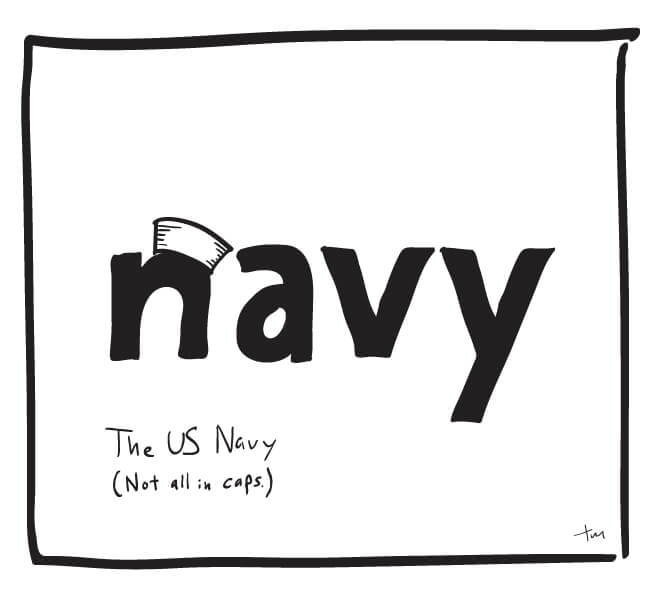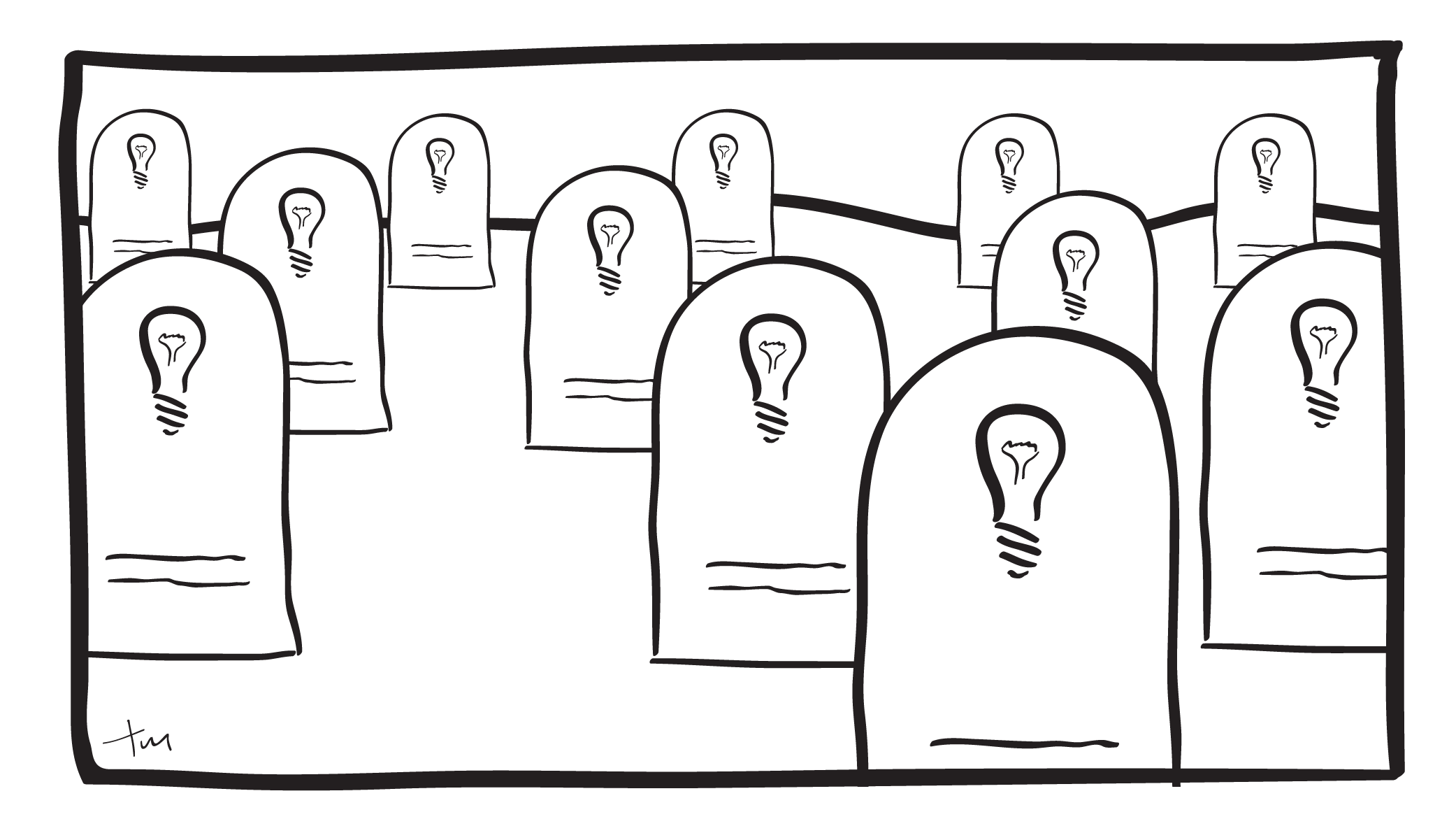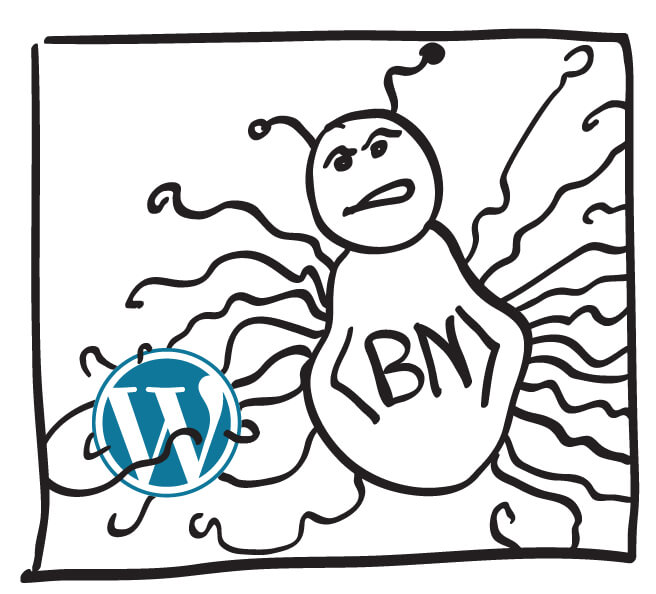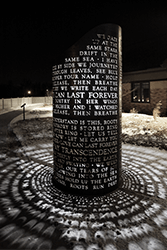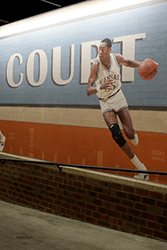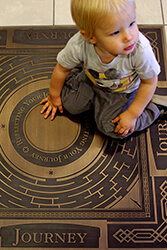Typography and National Security
Monday, June 17th, 2013
There are some situations where it’s acceptable to write entirely in capital letters. Headlines, titles, epitaphs carved in marble–when the text is brief and when you intend to emphasize a specific word or set of words. But in general, as a matter of good typography and style, writing in all caps should be avoided. Lowercase letters make text much more readable.
But don’t take my word for it–ask the US Navy.
The US Navy recently sent out a message (written in all caps, according to the BBC) to the effect that official communications can soon be written and sent in a mixture of capital and lowercase letters. Throughout its history, all US naval messages were sent in capital letters. This was due in part to the technical limitations of some early communications systems and in part to tradition.
But the Navy is now ready to take a step toward better typography, and one of the primary reasons is that lowercase letters significantly enhance readability. In the official press release last week, James McCarty (naval messaging program manager at U.S. Fleet Cyber Command) is quoted as saying “Lowercase messages are here to stay; they provide a more readable format.”
Plus it’s just bad manners to write in all caps–no one likes to be shouted at. Writing in a mixture of cases is more legible and more expressive, allowing the writer or designer to use the nuances of the written form of our language to dynamically communicate, instead of writing in one loud, monotonous voice.

